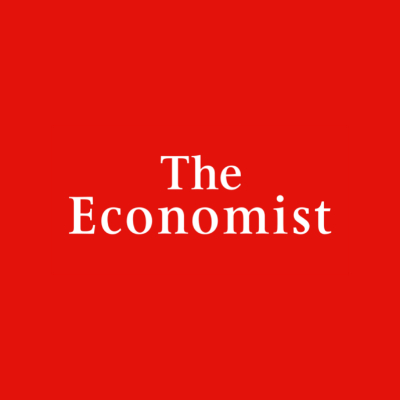 The Economist Article Rating
The Economist Article RatingIran's hostage exchange is part of its diplomatic offensive
- Bias Rating
50% Medium Conservative
- Reliability
25% ReliableLimited
- Policy Leaning
50% Medium Conservative
- Politician Portrayal
-64% Negative
Continue For Free
Create your free account to see the in-depth bias analytics and more.
Continue
Continue
By creating an account, you agree to our Terms and Privacy Policy, and subscribe to email updates. Already a member: Log inBias Score Analysis
The A.I. bias rating includes policy and politician portrayal leanings based on the author’s tone found in the article using machine learning. Bias scores are on a scale of -100% to 100% with higher negative scores being more liberal and higher positive scores being more conservative, and 0% being neutral.
Sentiments
N/A
- Liberal
- Conservative
| Sentence | Sentiment | Bias |
|---|---|---|
Unlock this feature by upgrading to the Pro plan. | ||
Reliability Score Analysis
Policy Leaning Analysis
Politician Portrayal Analysis
Bias Meter
Extremely
Liberal
Very
Liberal
Moderately
Liberal
Somewhat Liberal
Center
Somewhat Conservative
Moderately
Conservative
Very
Conservative
Extremely
Conservative
-100%
Liberal
100%
Conservative

Contributing sentiments towards policy:
57% : On September 18th Iran and America each exchanged five prisoners in a deal sweetened by America's unfreezing of $6bn of Iranian assets -- primarily oil revenues -- held in South Korea.53% : Foreigners are offered official visas to visit to Iran and then seized on departure by the Islamic Revolutionary Guard Corps (known as the Pasdaran), Iran's strongest force.
51% : Iran could also gain a sanctions-waiver mechanism that could be reused in other financial transactions.
50% : Under the deal America's Treasury will monitor spending to ensure that funds are used by Iran only for humanitarian purposes.
49% : The released hostages include Siamak Namazi, an Iranian-American businessman held since 2015 (his father was detained a year later when he travelled to Iran to secure Siamak's release and held until 2022) and Morad Tahbaz, an Iranian-American environmentalist who also holds British citizenship.
48% : Iran then uses them as bargaining chips for prisoner swaps and cash, among other things.
47% : As the prisoners departed Imam Khomeini International airport under the watch of the Qatari ambassador in Tehran who helped negotiate the deal, two Korean banks transferred $6bn of Iranian funds via Switzerland to the Qatari capital, Doha.
46% : The few small protests that have occurred in the capital, Tehran, have been dispersed within minutes.
43% : "The Islamic republic isn't a banana republic, but...it still behaves like a mafia state," says a western diplomat, previously based in Iran.
41% : Few observers see this as the first step towards a broader deal on reviving the , an agreement signed in 2015 that was intended to prevent Iran from enriching uranium to a level that would have put it on the "threshold" of acquiring nuclear weapons.
38% : "Iran is already a threshold state so that horse has bolted," says a mediator.
37% : According to a mediator, the Gulf state further sweetened the deal by compensating Iran for the loss of interest worth several hundred million dollars.
37% : In Iran, riot police and bully boys on motorbikes are roaming the streets to prevent demonstrations.
35% : While international opinion may be mollified, at least temporarily, in Tehran, popular anger remains unassuaged.
33% : In protest at Iran's enrichment of uranium beyond civilian levels of 60%, Britain, France and Germany all announced earlier this month that they were enshrining sanctions in national law before they expired under the terms of the .
32% : At home and abroad in Iran the ayatollahs' opponents have criticised the deal as a slap in the face by America, particularly since it coincides with the first anniversary of the death of Mahsa Amini, an Iranian woman detained for showing her hair.
27% : The Trump administration subsequently withdrew from the deal in 2018, prompting Iran to ignore its key restrictions.
17% : And on September 16th Iran arrested another dual national in Karaj, a city west of the capital, Tehran. Iranian officials claim they have no choice but to take prisoners since their adversaries also flout international law.
*Our bias meter rating uses data science including sentiment analysis, machine learning and our proprietary algorithm for determining biases in news articles. Bias scores are on a scale of -100% to 100% with higher negative scores being more liberal and higher positive scores being more conservative, and 0% being neutral. The rating is an independent analysis and is not affiliated nor sponsored by the news source or any other organization.





















